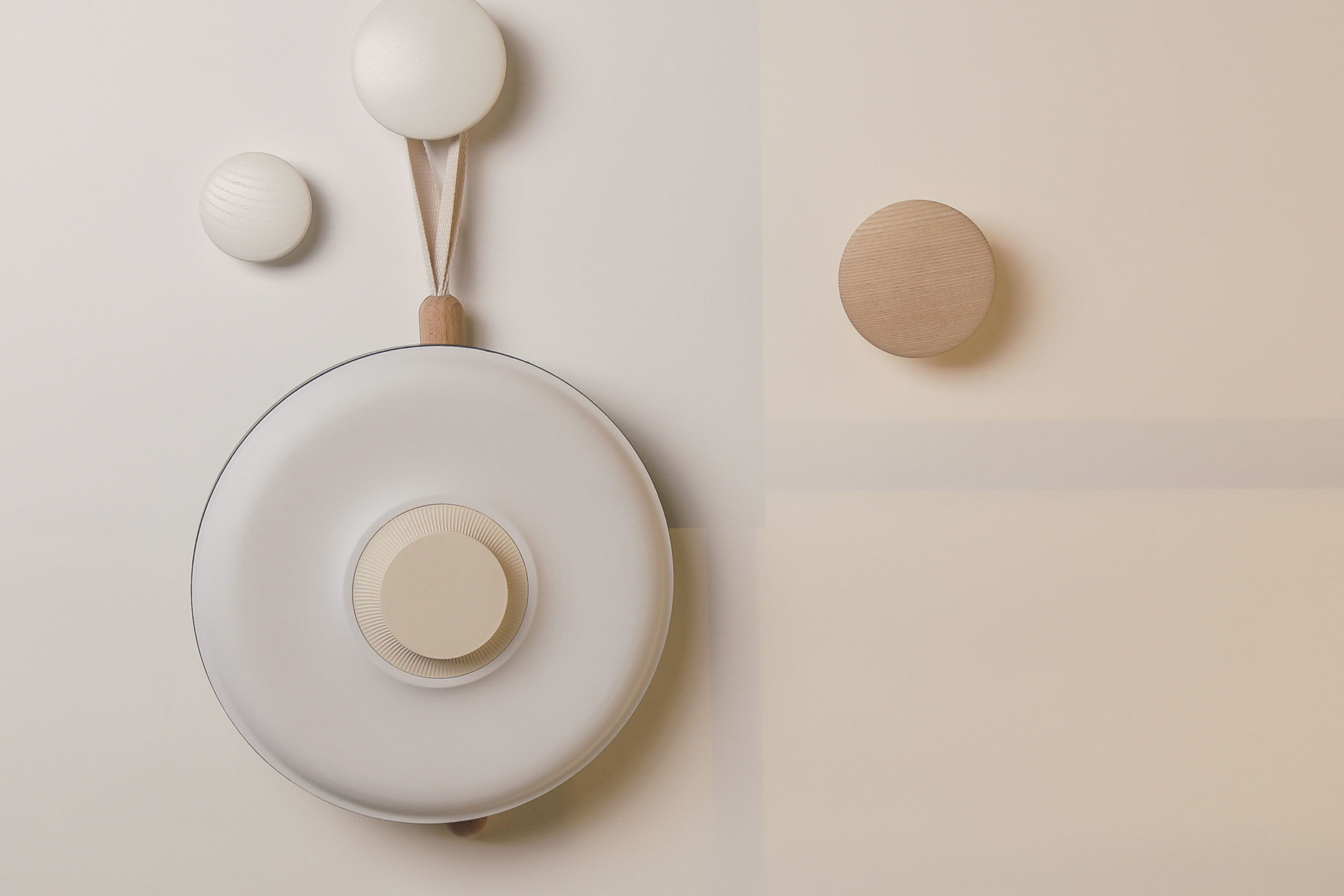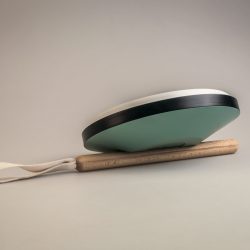»Tone In Stone – warm matters – material affairs«
Description
A material study and concept, for a self-sufficient and transportable heating element, called »Heitt«. Heitt is to be understood as a tribute and reinterpretation of the former tiled stoves as well as smaller heat objects.What is the Topic?
We humans love warmth. The form of heat generation has changed dramatically over the centuries, but our need for heat has basically remained. The aim of this project is to develop a material combination of ceramics and a particularly well-storing type of rock - soapstone - in order to make the rather unfavorable thermal properties of ceramics more attractive to modern heating systems. Heitt is a body warmer that you not only take to bed but can also be seen in the office.
Why does it look like this?
Formally, Heitt forms a fusion of former body warmers and today's modern and above all homely everyday objects. It was important that the functions be reduced to the essentials, but nevertheless tactile to the touch and easily accessible for all generations.
What is special?
People have a different feeling of warmth and hardly a building can optimally respond to our heating needs. Most of them are poorly insulated and/or distribute the heat in the room rather poorly. In today's technically modern buildings, the heaters visually disappear from our field of vision for more space in rooms. They do not manage to respond to our different needs. We do not always need to heat a whole room to warm up for a moment, especially in the transitional seasons. Infrared heat is a good way to do this - it warms the body and not the air, but the existing heat generators on the market allow only a limited use. We humans have been using small mobile body warmers for centuries, they are additionally bound to fossil fuels. Heitt is a heating device where you do not have to replace the heat transfer medium.
What is new?
This combination of materials improves the thermal conductivity and heat storage capacity of the ceramic, because the heat properties of the soapstone can be transferred to the porcelain and thus allow a greater variety of shapes for the rather low-profile flat heating panels available on the market.





